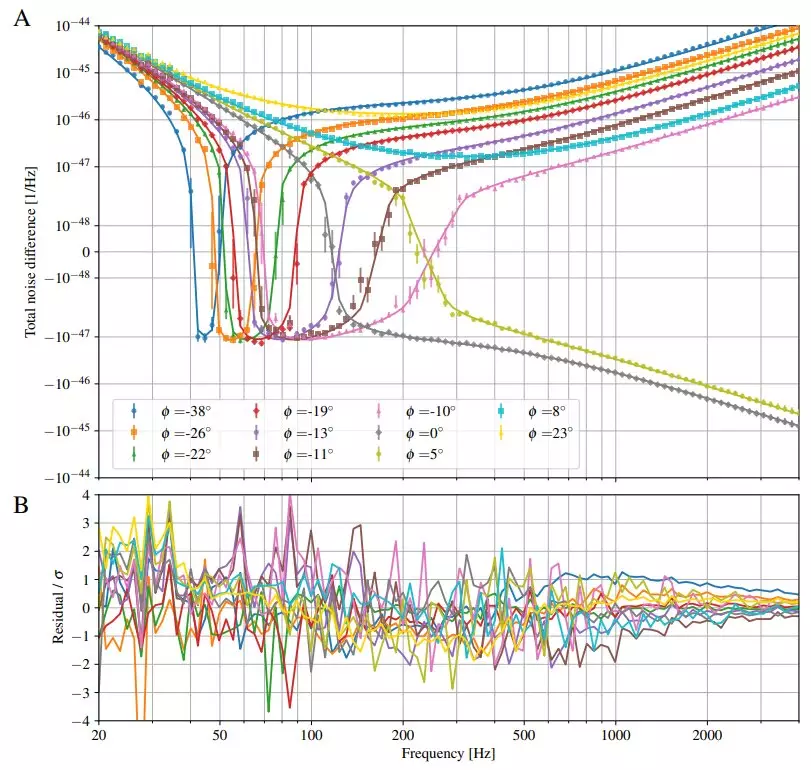In a remarkable stride forward for astrophysics, researchers at the Laser Interferometer Gravitational-Wave Observatory (LIGO) have unveiled a novel system designed to enhance the sensitivity of gravitational wave detection. This development, articulated in a paper published in the prestigious journal Science, details how the introduction of innovative technology has successfully mitigated prior challenges associated with noise fluctuations, thereby enabling scientists to uncover a greater number of gravitational waves than ever before. The collaborative effort not only showcases human ingenuity but also reinforces the impact of previous foundational work that resulted in the first detection of such phenomena in 2015.
At the crux of this achievement lies the concept of “squeezed light,” which involves engineering the properties of laser beams to optimize the detection of minute disturbances in spacetime caused by gravitational waves. The group’s approach incorporated the use of specially designed crystals, mirrors, and several types of lenses, transforming the way light behaves in the detection apparatus. By constraining the uncertainties of light measurements, the researchers effectively dampened noise interference, leading to a significant improvement in the observatory’s overall sensitivity to gravitational waves—a phenomenon first predicted by Albert Einstein’s general theory of relativity.
Yoichi Aso, an esteemed scientist from the National Astronomical Observatory of Japan, elaborated on the operational principles of LIGO in a commentary published alongside the collaborative paper. His insights not only elucidate the mechanics behind LIGO’s ability to detect gravitational waves but also underscore the importance of continuous refinement and innovation in scientific instruments. In light of the Nobel Prize awarded to the Caltech team in 2017 for their pioneering work, it is evident that these advancements are built upon the profound theoretical foundations laid by earlier researchers.
The results from the latest testing phase were nothing short of groundbreaking; the enhancements allowed LIGO to double its detection rate of gravitational waves. This dramatic increase signifies that the observatory can now sift through a larger portion of the cosmos to identify gravitational wave events, unlocking the possibility of exploring black hole mergers that date back to the formative times of the universe. These discoveries have the potential to yield vital information about the origins of stars, galaxy formations, and the fundamental nature of spacetime itself.
As this experiment demonstrates, the LIGO team’s relentless pursuit of improvement not only enhances their observational capabilities but also stimulates a broader dialogue regarding the future of gravitational wave astronomy. The implications of such advancements extend beyond mere detection; they open avenues for innovative research endeavors that could reshape our understanding of the universe. With each wave detected, scientists inch closer to answering some of the cosmos’ most enigmatic questions, reaffirming the value of science’s ever-evolving journey into the depths of space and time. As we stand on the cusp of new frontiers, the excitement surrounding gravitational wave research continues to propel scientific inquiry into the unknown.


Leave a Reply